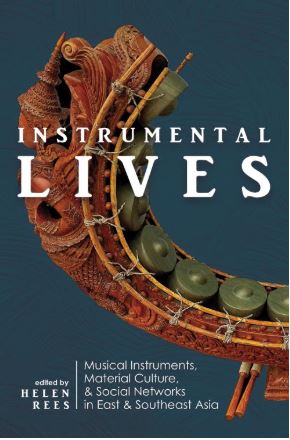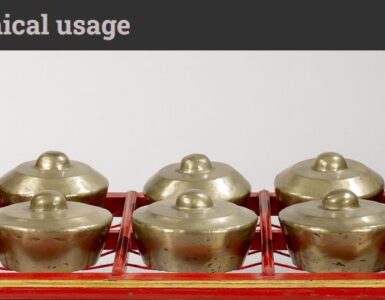This essay explains the author’s creation of an exhibition of wind instruments from Laos’s ethnic minorities, and the ethical issues she encountered. In 2017 Marie-Pierre Lissoir, ethnomusicologist and museum curator at the Traditional Arts and Ethnology Centre in Luang Prabang, Laos, decided together with the museum team to create such an exhibition. Most of the instruments came from villages of northern Laos, where the local musical traditions are in steep decline owing to social, educational, and technological changes. The essay recounts matters such as the impact of buying an instrument to take it away from its home village to the museum, finding a way to establish equitable relationships with the instruments’ home communities, and the importance of repatriating knowledge in ways that are potentially useful to those communities. Eventually the author curated a traveling exhibit that took instruments back into the villages, jumpstarted intergenerational dialogues between children and elderly instrument makers, and in two cases prompted commission of new instruments for village schools. The exhibition’s educative mission thus extended beyond the predominantly middle-class and foreign visitors to the Laotian museum itself, providing pathways for members of contributing village communities to learn more about their own heritage and to continue to maintain it if they choose to do so.
Keywords: ethnic minorities of Laos, musical instrument exhibitions, Traditional Arts and Ethnology Centre (TAEC), wind instruments, cultural sustainability, musical instrument making, musical heritage, curatorial ethics, cultural repatriation.
Book title: Instrumental Lives: Musical Instruments, Material Culture, and Social Networks in East and Southeast Asia, edited by Helen Rees
The link of the book:
https://www.press.uillinois.edu/books/?id=c045929



